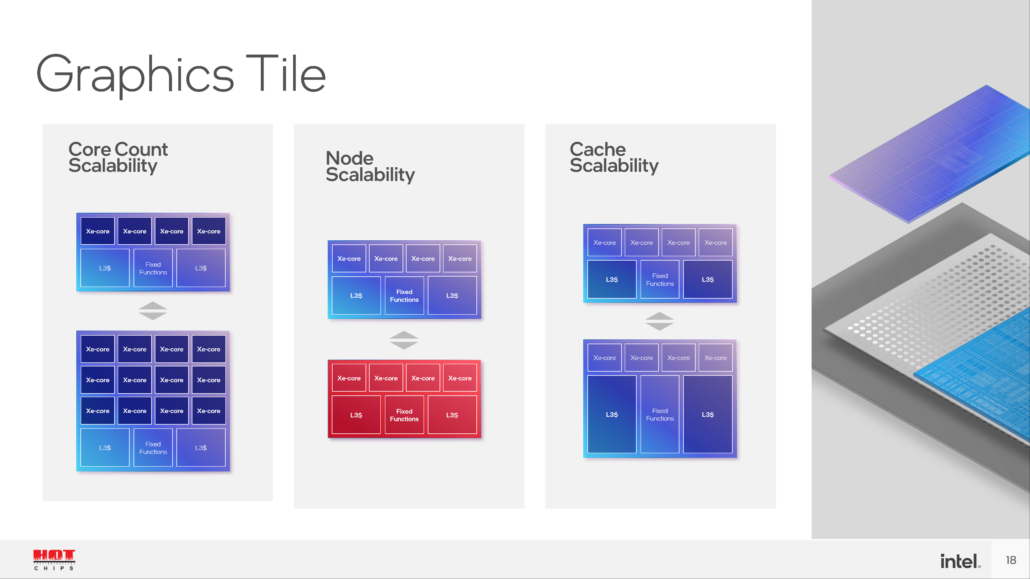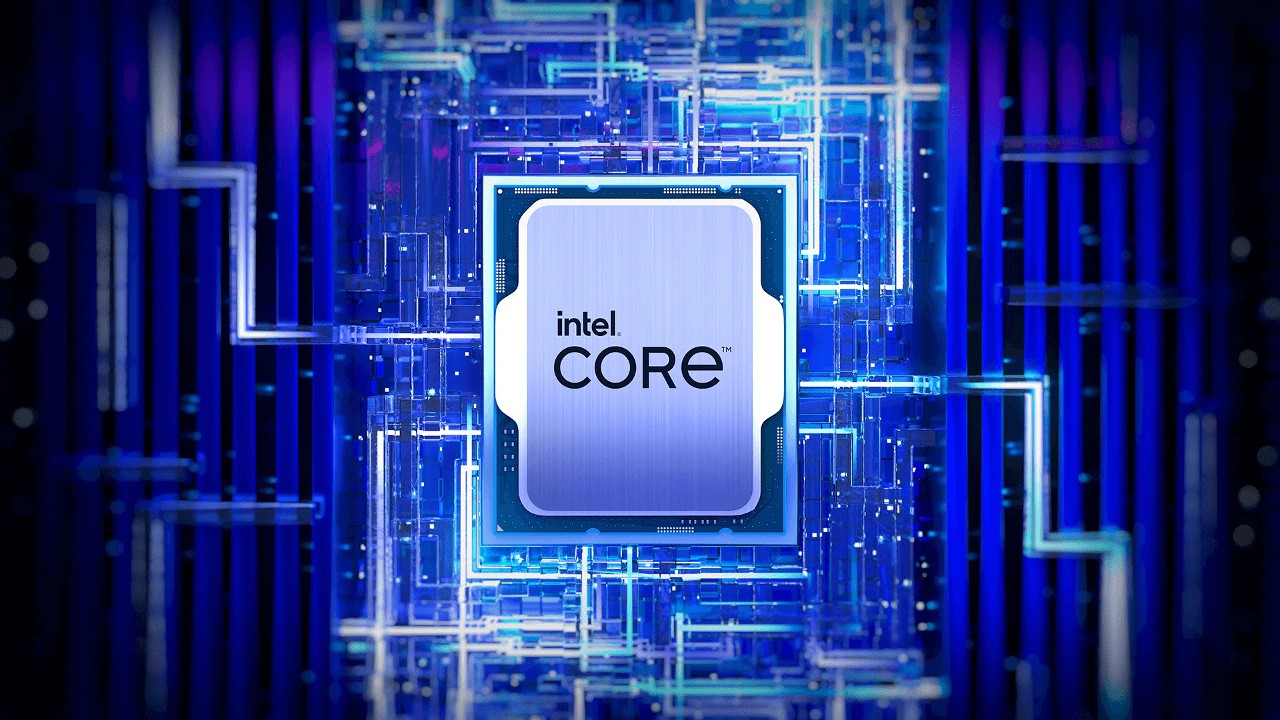Although the 13th generation Intel Core processors have only been on the market for less than half a month, the 14th generation codenamed Meteor Lake-S and the 15th generation Core desktop processor architecture codenamed Arrow Lake-S have been exposed with Intel’s internal documents.
First of all, these two processors are still a hybrid architecture of P-core + E-core, but the shape will be changed to a new LGA 1851 package, with the same area size as the 37.5 mm x 45 of the current 12th and 13th generation LGA 1700. mm, but the number of effective contacts has increased from 1700 to 1851, so the host using the Z690 / Z790 chipset has been determined to be incompatible with the next-generation products.

The Meteor Lake-S 14th generation Intel Core processor will use the Intel 4 (previously called 7nm) process. Unexpectedly, the maximum number of P-cores will be reduced to 6, but it will introduce a new micro-architecture Redwood Cove, and With up to 16 E-cores, the microarchitecture is also upgraded to Crestmont, and both microarchitectures should bring significant IPC (instructions per clock cycle) performance improvement.
The internal display of Meteor Lake-S is upgraded to 4 sets of Xe Core, with 64 EUs and 512 ALUs (FP32 Core), which is only 2 less than the Intel Arc A310 (formerly DG2) discrete graphics card Xe Core, it can be estimated that the internal performance should be significantly improved in the future.
It is currently known that the Meteor Lake-S processor will have two configurations, 6 P-core + 16 E-core (22 cores in total) and 6 P-core + 8 E-core (14 cores in total), with the highest basic power consumption setting. For the 125W K series, there will also be 65W non-K series, and 35W T series and other three models, which are expected to debut in 2023.
As for the Arrow Lake-S 15th generation Core processor, it is expected to use the Intel 20A process, the P-core uses the Lion Cove micro-architecture, and the maximum number returns to 8; it is also equipped with a maximum of 16 E-cores, using Skymont as the architecture, and the scale is the same 13th Gen Intel Core processors on current Raptor Lake-S.
Regarding the Arrow Lake-S internal display, there is no mention of whether the GPU architecture will be updated, but the Arrow Lake-P internal display designed for notebook computers is expected to increase to 2560 ALU (FP32 Core), which is Meteor Lake-S 5 times.


On the other hand, starting with Meteor Lake, wafers for Intel processors are imported into Foveros multi-die packaging technology. Meteor Lake’s internal display is expected to use TSMC’s 5nm process, while Arrow Lake’s internal display is expected to use TSMC’s 3nm process.
Finally, in the most recent investor conference call, Intel stated that the Intel 4 and Intel 3 processes are progressing quite well, and that the Meteor Lake 14th generation Intel Core processors are expected to be delivered this quarter (Q4 2022), and the volume in 2023. production, and the Intel 3 process will enter the early production stage by the end of 2023, we will wait and see!
